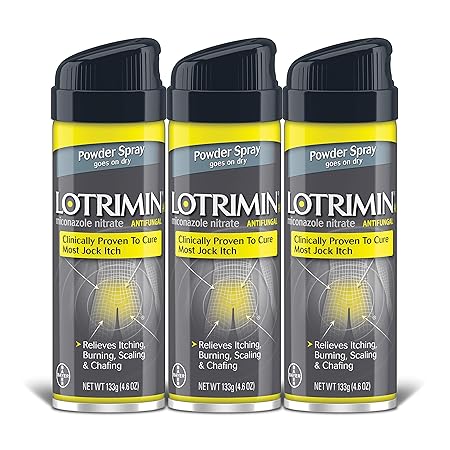

Tinea cruris is a rash that usually starts in the inguinal (groin) skin fold on one side and can progress to involve both sides forming a symmetrical rash. The clinical features of Tinea cruris are: A red or pink round shape rash appears on the sides of the groin folds when you have a jock itch. The groin is the most common site for jock itch, but it can also affect the axilla, scrotum, and hips. Jock itch symptoms can come and go, and many cases of jock itch go away on their own without any treatment. Because of anatomic characteristics unique to males, such as the scrotum, jock itch is more often seen in men. It causes a severe itch and is accompanied by a red or pink rash that spreads in an annular manner and affects the groin folds and genitals. Tinea cruris is an uncomfortable rash that affects the groin area. Tinea pedis that has been present for a long time Tinea cruris can also be caused by a combination of causes, including: Sharing personal goods with an infected person, such as bedding, towels, or clothing Working with soil that is ringworm fungus-infested The main causes by which the fungal groin infection can develop include:Įxcessive perspiration while wearing tight clothingĬontact with infected animals, including dogs in the home The infection known as jock itch is caused by an increase of dermatophytes in the groin area. However, if you stay in sweat-soaked garments after exercising, the fungi can swiftly multiply due to the prolonged exposure to moisture. These fungi dwell on your skin naturally and rarely cause any problem.

Tinea cruris may also be seen in people who have coexisting athlete's foot (tinea pedis).ĭermatophytes, a type of fungus, are responsible for jock itch. Because of their overall health, activities, possible compromised immune state, exposure history, and other predisposing skin diseases like eczema, some people are simply more prone to acquiring jock itch. Through close skin contact, it is possible to spread fungal jock itch to others. Proper groin hygiene, keeping the groin area clean and dry, and washing frequently with gentle soap and water are all part of the prevention and treatment for jock itch (especially after sweating or exercising).Īlthough the majority of cases of Tinea cruris are not contagious, infections can spread by physical or sexual contact, sharing swimsuits, or sharing towels.

Antifungal creams and, in rare cases, oral antifungal drugs may be used to treat jock itch caused by fungus.

These more resistant instances can often be managed with the right treatment and medication after due evaluation. Long-term cases of jock itch are very rare and may be resistant to conventional drugs. Tinea cruris treatment may involve antifungal creams and, in rare cases, oral antifungal medicines.įor the majority of cases, Tinea cruris treatment is available. The majority of people can get relief just by using antifungal topical drugs and keeping the affected region clean and dry. Treatment as soon as possible will reduce symptoms and prevent the rash from spreading. Because of its well-defined red border and central clearing, this type of eruption is commonly referred to as a ringworm.Īlthough jock itch might be uncomfortable, it is usually a minor infection. Tinea cruris usually presents as a dry, scaly, well-defined skin rash or a collection of small, pinpoint red or pink bumps. The infection results in a rash that itches or burns frequently. Men and adolescent boys are the most susceptible to jock itch. Because of this, jock itch most commonly affects the skin around the groin, inner thighs, buttocks, axilla and inframammary area in women. Tinea cruris is usually harmless, but if it is allowed to thrive in warm, damp environments, it can quickly multiply and cause infection. These fungi can affect the skin, hair, and nails. Jock itch, like other tinea infections, is caused by dermatophytes, which are mold-like fungi. It's part of the tinea group of superficial fungal skin infections. Tinea cruris, commonly known as jock itch, is a skin condition caused by a fungus.


 0 kommentar(er)
0 kommentar(er)
